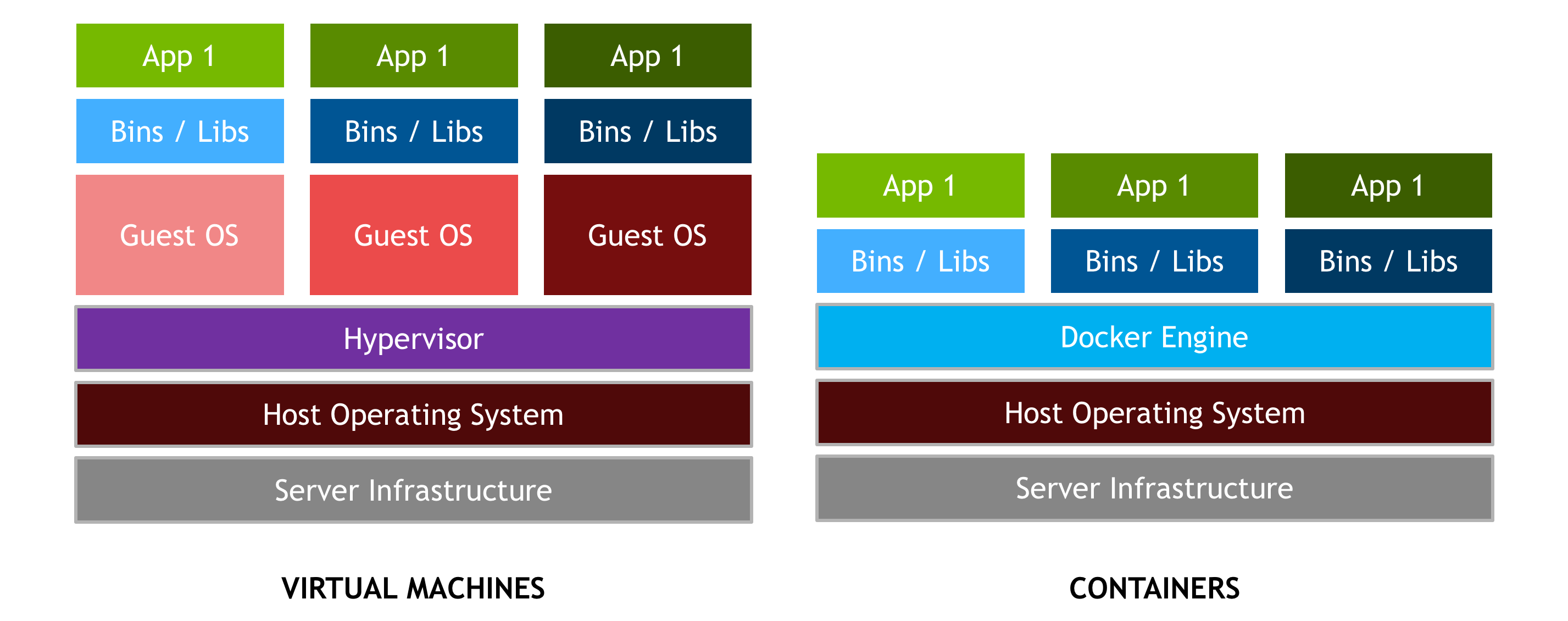How To Build A Docker Image For Linux Contetns On Mac Os
You can also utilize this app for other tasks including arrange the schedule through calendar feature, organizing contacts and taking notes.  Unibox is a paid app but you will be given a free trial to probe the app.
Unibox is a paid app but you will be given a free trial to probe the app.
On this page • • • • • • Docker is an operating-system-level virtualization mainly intended for developers and sysadmins. Docker makes it easier to create and deploy applications in an isolated environment.
Docker Image For Linux
Instead of setting up the same operating system three times, you can tell each browser’s image to build on top of the one core image of an operating system. Each new image will uniquely install a web browser on top of the OS one. In the previous article, we learned about how to get started with Docker on Linux, macOS, and Windows. In this article, we will get a basic understanding of creating Docker images. There are prebuilt images available on DockerHub that you can use for your own project.
A Dockerfile is a script that contains collections of commands and instructions that will be automatically executed in sequence in the docker environment for building a new docker image. In this tutorial, I will show you how to create your own docker image with a dockerfile. I will explain the dockerfile script in detail to enable you to build your own dockerfile scripts. Prerequisite • A Linux Server - I will use Ubuntu 16.04 as the host machine, and Ubuntu 16.04 as the docker base image. • Root Privileges. • Understanding Docker command Introduction to the Dockerfile Command A dockerfile is a script which contains a collection of dockerfile commands and operating system commands (ex: Linux commands).

How To Build A Docker Image For Linux Contents On Mac Os
Before we create our first dockerfile, you should become familiar with the dockerfile command. In your dockerfile you have multiple volumes in the [VOLUME] section, doesn't this mean that you should be referencing this in the run command when you first run off of your built image. Does there need to be a -v for each of the items in [VOLUME] in the run command? Docker run -d -v /webroot:/var/www/html -p 80:80 --name hakase nginx_image Something like this: docker run -d -v /webroot:/var/www/html -v /ssl/certs:/etc/nginx/certs -v /etc/sites/etc:/etc/nginx/sites-enabled -p 80:80 -p 443:443 --name hakase nginx_image # Volume configuration VOLUME ['/etc/nginx/sites-enabled', '/etc/nginx/certs', '/etc/nginx/conf.d', '/var/log/nginx', '/var/www/html'].



